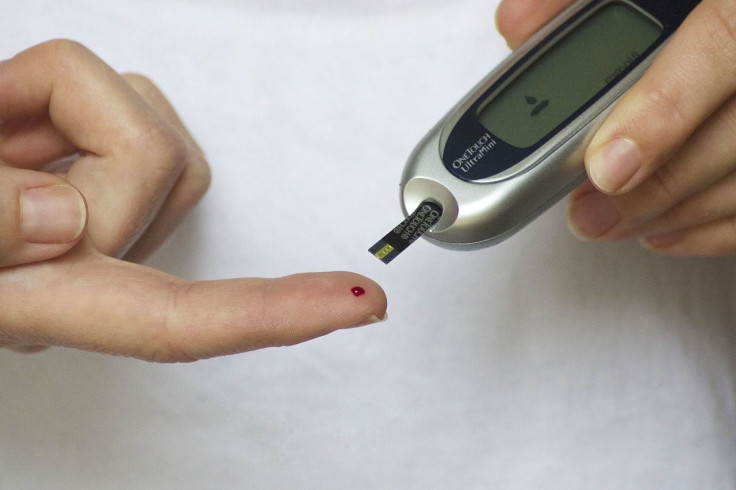Diabetes And Obesity Epidemic May Be Caused By Environmental Chemicals, Like BPA And Phthalates

One-third of the American population is obese, and nearly 10 percent has diabetes. This makes obesity and diabetes some of the two heaviest burdens on the health care system, and the closest thing to an epidemic that we’ve yet experienced.
These diseases are caused by a variety of factors: poor lifestyle choices, widespread sedentary workplaces, and simply living in the kingdom of fast food, where most of our food is pumped with salt, fat, and sugar. Swaths of our country are food deserts — or places where people don’t have access to fresh fruits and vegetables — and Americans consume more meat and high-protein foods than is necessary or healthy.
But what if there was something else — something in the environment — that contributed to obesity and diabetes? Some research has shown that obesity might be linked to air pollution. Researchers have also pinpointed certain chemicals in our foods and products that can disrupt the endocrine system (consisting of the glands that produce hormones, regulating metabolism, growth, development, sexual function, reproduction, and mood). They’re known as endocrine-disrupting chemicals, or EDCs. Now, the Endocrine Society has released a statement emphasizing the danger of EDCs, and how they may have an impact on the development of obesity and diabetes.
“The evidence is more definitive than ever before — EDCs disrupt hormones in a manner that harms human health,” Andrea Gore, professor and Vacek Chair of Pharmacology at the University of Texas at Austin, said in the press release. “Hundreds of studies are pointing to the same conclusion, whether they are long-term epidemiological studies in human, basic research in animals and cells, or research into groups of people with known occupational exposure to specific chemicals.”
The statement is built upon research from 2009 in which the Endocrine Society discovered that EDCs led to an increased risk of obesity, diabetes, infertility, hormone-related cancers, and neurological problems, among other conditions. But while researchers have found a link between EDCs and obesity and diabetes, they still don’t understand the causal relationship.
EDCs can include pharmaceutical chemicals, dioxin compounds (contaminants produced in waste incineration, forest fires, trash burning, and industrial processes), polychlorinated biphenyls, pesticides, and plasticizers — in particular, bisphenol A or BPA. They can be found in plenty of everyday items, like plastic bottles, metal cans, detergents, food, toys, and cosmetics. According to the NIH, once inside your body, EDCs mimic hormones like estrogen, androgens, and thyroid hormones and block the natural ones from binding. Thus, EDCs prevent natural hormones from doing their jobs.
“Endocrine-disrupting chemicals contribute to health problems by mimicking, blocking or otherwise interfering with the body’s natural hormones,” the Endocrine Society states. “By hijacking the body’s chemical messenger, endocrine-disrupting chemicals can alter the way cells develop and grow.”
In the statement, the Endocrine Society notes several important pathways in reducing exposure to EDCs: They call for more research to solidify the links between EDCs and diseases, regulation of the chemicals, and an improvement in “green chemists” who create products that can eliminate EDCs.
“It is clear we need to take action to minimize further exposure,” Gore said in the press release. “With more chemicals being introduced into the marketplace all the time, better safety testing is needed to identify new endocrine disrupting chemicals and ensure they are kept out of household goods.”
Source: Gore A, Chappell V, Fenton S, Flaws J, Nadal A, Prins G. Executive Summary to EDC-2: The Endocrine Society’s Second Scientific Statement on Endocrine-Disrupting Chemicals. Endocrine Reviews. 2015.



























